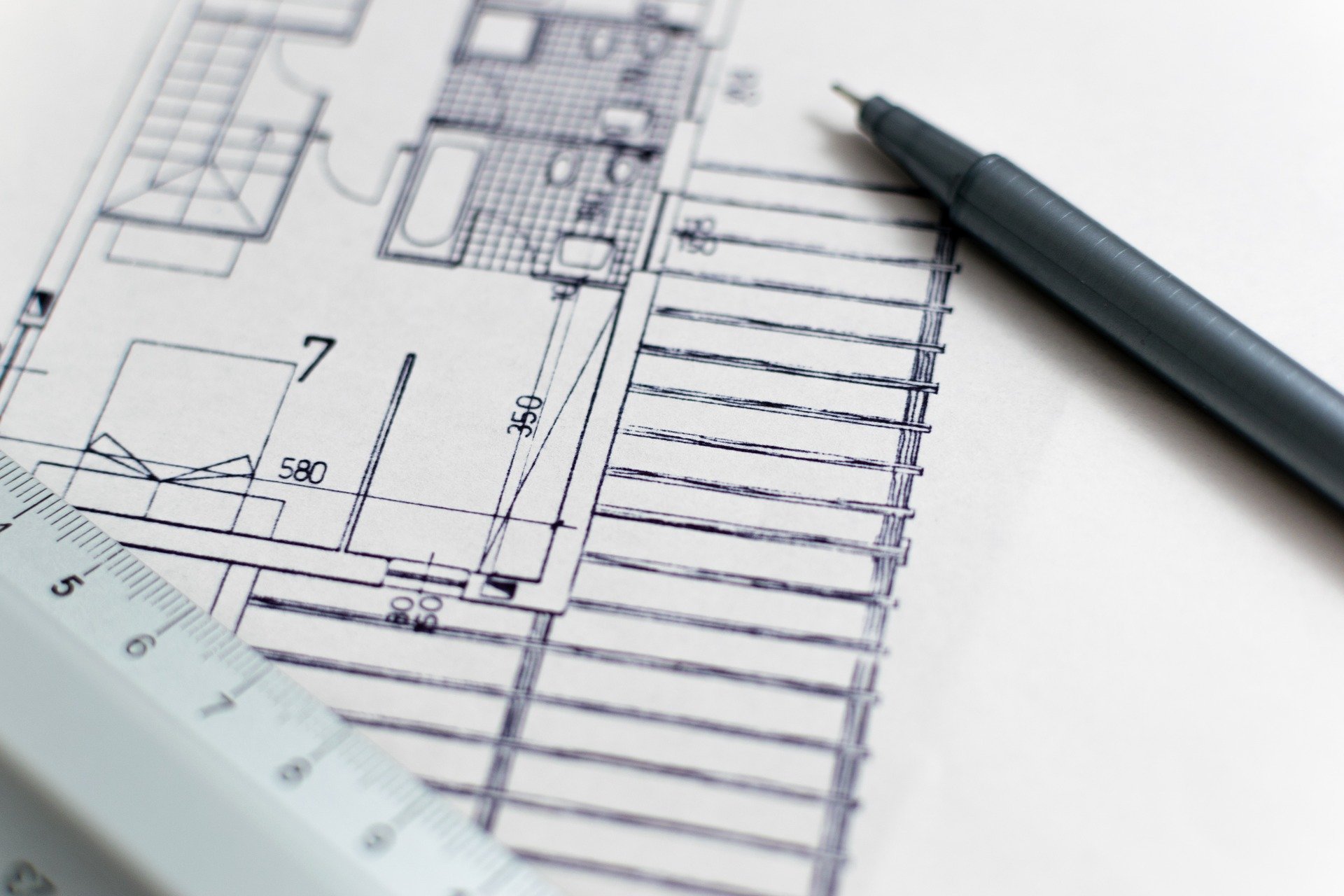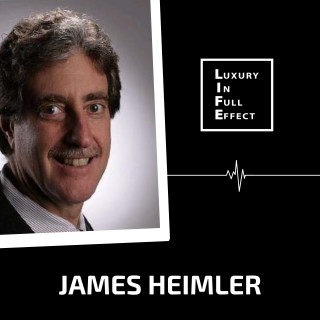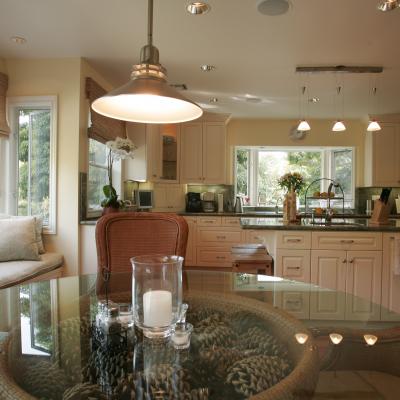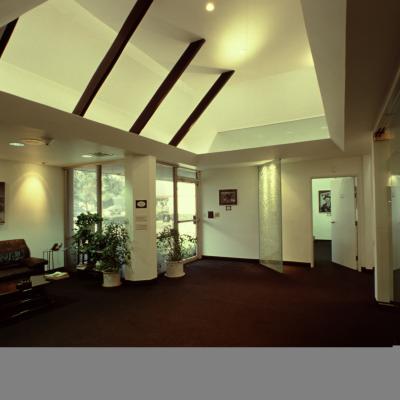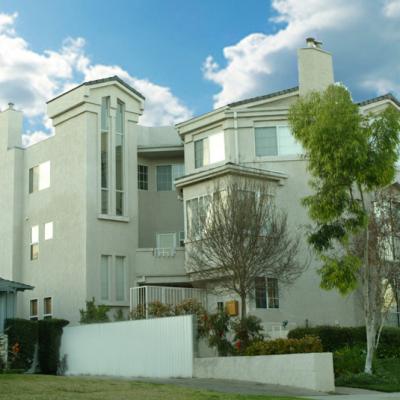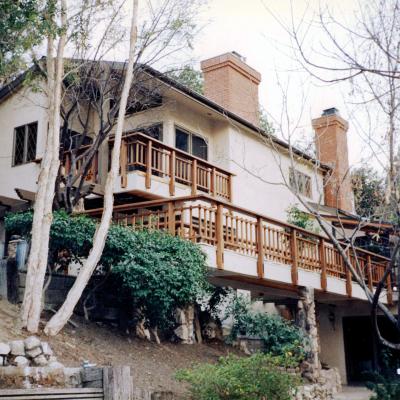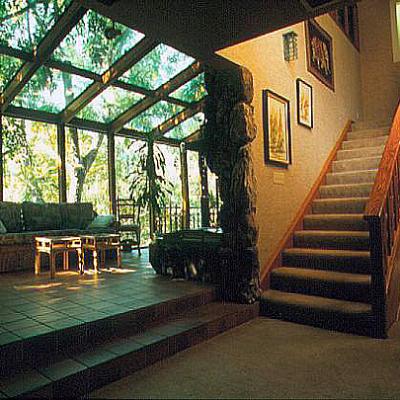Game planning upfront and following through with it is the first step in the management of a project. This plan needs to stay flexible. It needs to be adjusted as the job and payments come into the office. A change in scope, timing, consultants, slow payments, and government issues all affect the game plan. For an office to succeed you need to keep all these in mind and work accordingly.
Green Design Jim
Have you heard about you get what you pay for? In many ways it is true. Which Doctor or Lawyer should you hire? There is a time and place for this selection. Who do you trust to make you well or defend your interests? This applies toward all requested services of others whether and professional, a high-end athlete, or a laborer.
This is true for Architects as well! Fees are calculated by the energy needed to services a certain request. The more emotion, dramatics, hand-holding, education, number of team members, government restrictions, the bigger or more complex the project the hirer the service fees will be. Keeping the rhythm, and the momentum of the project moving keeps all issues in one’s mind keeping costs under better control. A defined scope that does not change, or even look at changing scope, keeps a project more controlled causing less scope creep. Scope creep is one of the insidious service issues one must keep track of and keep advising the client on. It can be non-stop if the client has not vetted all their issues prior to design. The design process can be used to do the vetting but that will cost more time in professional services. That is just like getting multiple medical interpretations before embarking on a healing path. You end up paying multiple doctors for their opinions.
In June 2019, I was contacted to be on a Podcast by “L.I.F.E” MicroFame Media. What is L.I.F.E. and what does it stand for? We will never know, but this L.I.F.E. stood for
I recently read “Between Silence and Light” by Louis Kahn, the architect of the Salk Institute in San Diego. It inspired some thoughts, as a good book should.
I kept thinking on what I would really like to be doing now, as an architect in my 60s. Like Kahn, I believe there is a heart to every site and building. If there isn’t, then how can the design deal with humanity? Enhancing civilization and the human experience is what real architecture is about. This remains true even as the architect works to digest and achieve the client’s goals. It may sound like a lofty goal but it is achievable. That said, I do accept the fact that most buildings are not real architecture. About 80% of buildings are developer based and do not involve an architect, so the human experience is seldom part of their program. As Kahn noted, it is OK for architects to work on only 5% of the built environment. That still gives us a lot of opportunity to create great built-environment experiences.
JHAI searches for clients who seek a special home, place of business or investment, or who have conceived of innovative design ideas to create that perfect environment that will truly inspire their lives in multiple ways. Applying our love of design as demonstrated by strategic special arrangements and an integrative approach, we bring clients’ dreams to fruition. The sustainable, cradle-to-cradle implementation of our designs along with the right the building materials combine to tailor a project outcome that has been uniquely customized for you and your goals. Taking our built environment to another level is the JHAI vision.


